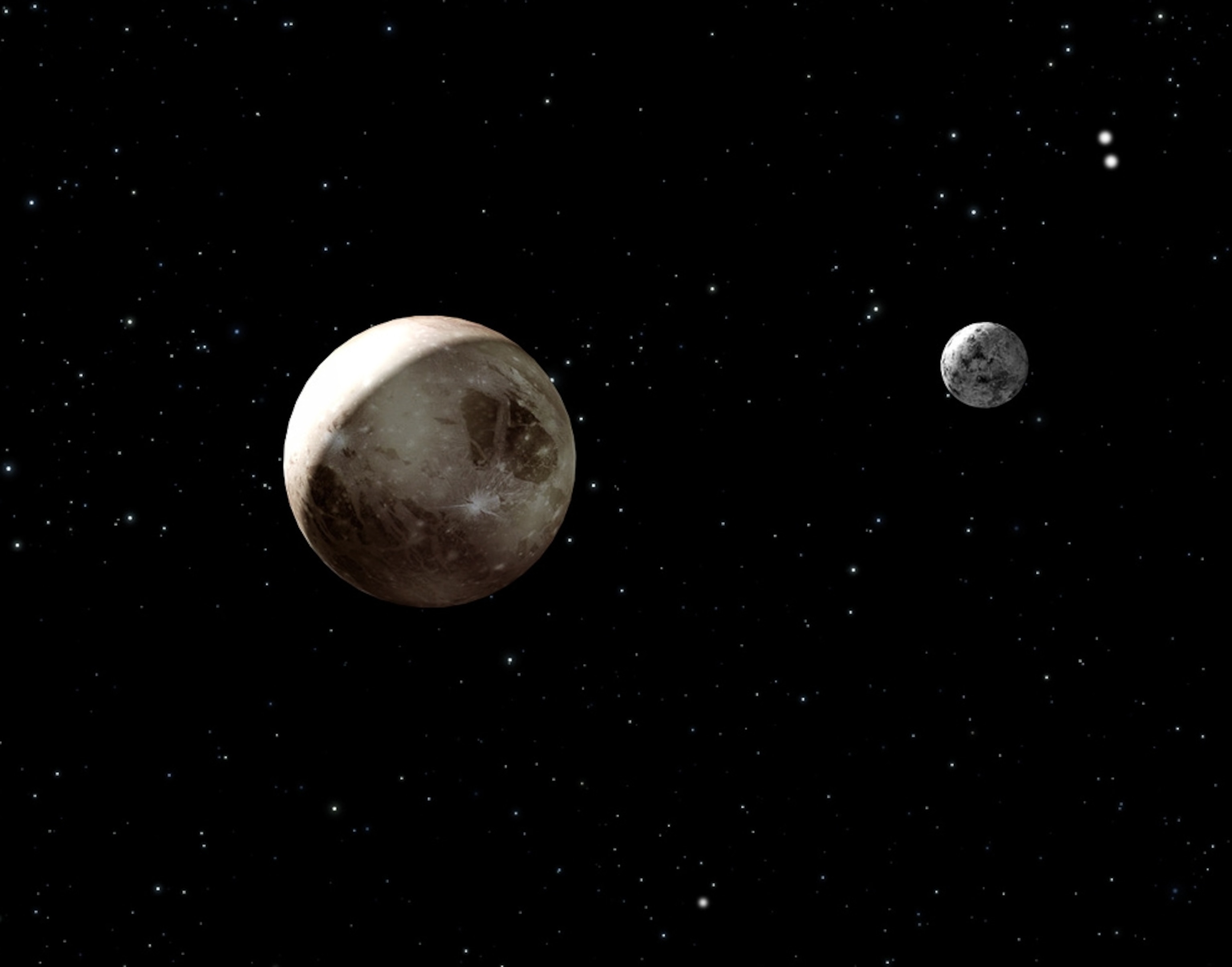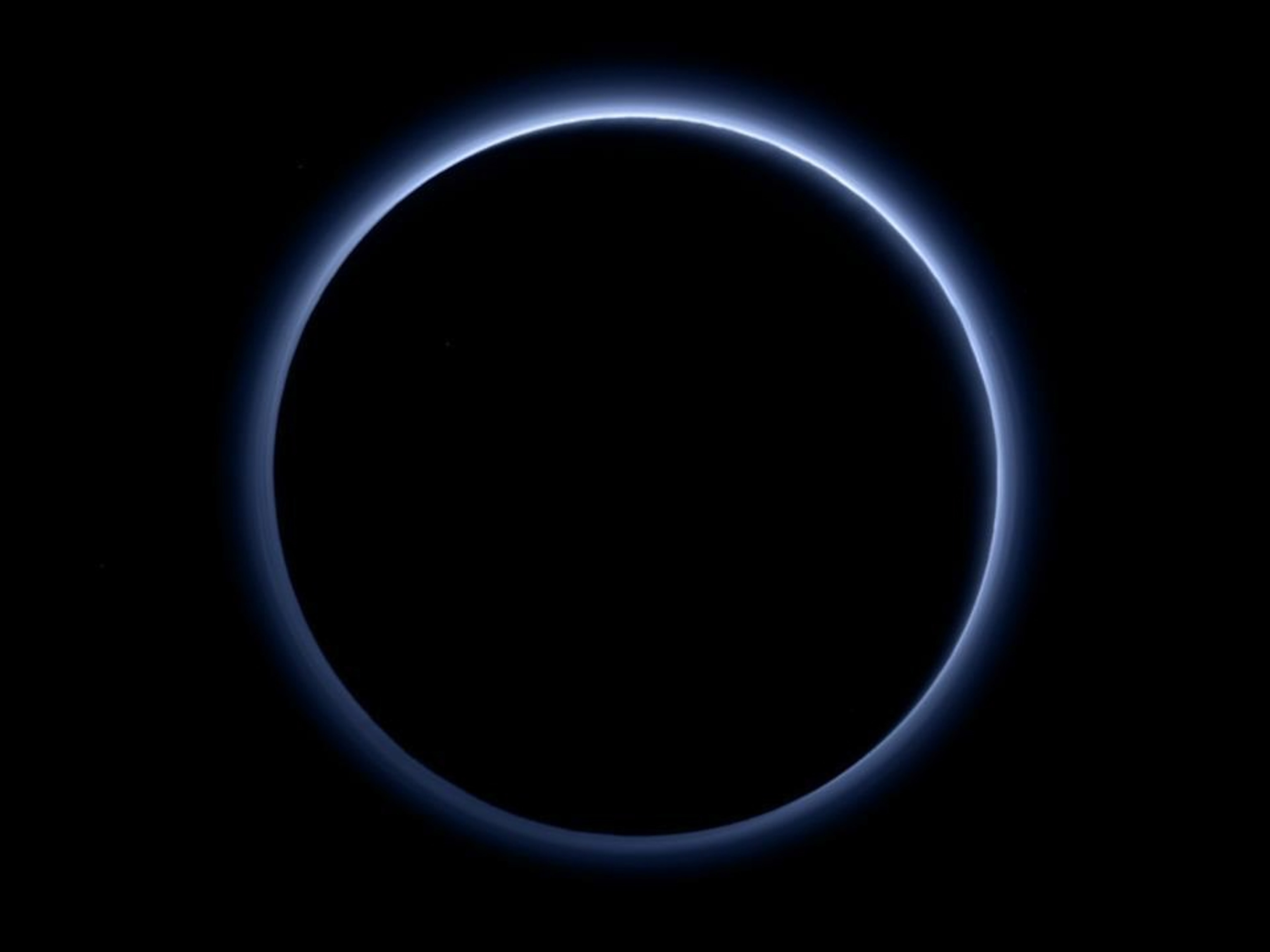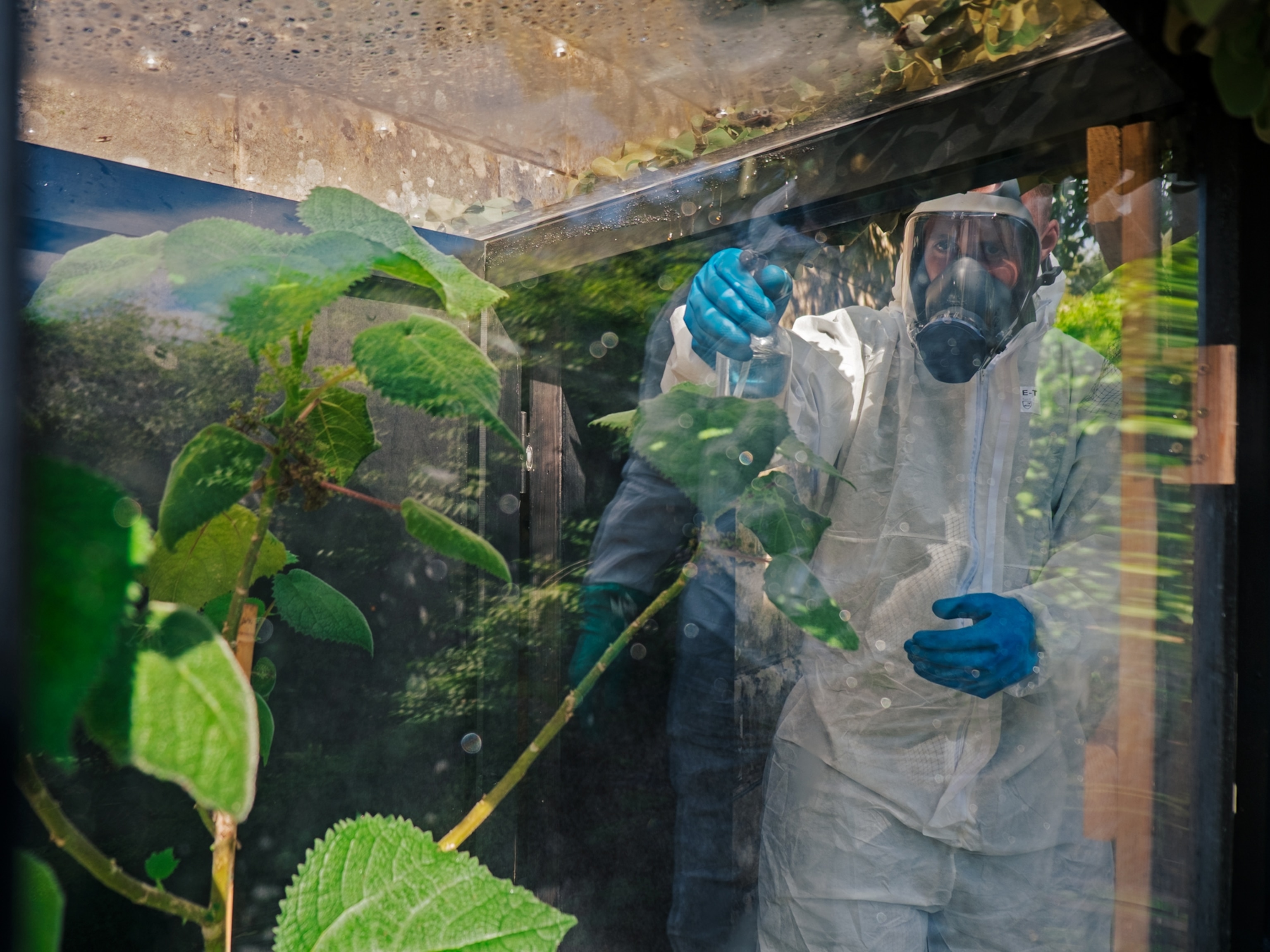
Pluto Has Toxic Carbon Monoxide in Its Atmosphere
In addition to being cold and distant, the dwarf planet Pluto has highly toxic carbon monoxide gas in its atmosphere, new data confirms.
As if being distant and frigid weren't enough, Pluto is cloaked in a puffy atmosphere that contains highly toxic carbon monoxide, new data confirms.
Observations of the dwarf planet made more than a decade ago offered inconclusive evidence of carbon monoxide in Pluto's atmosphere.
The new study—based on data from the James Clerk Maxwell Telescope in Hawaii—not only confirms the gas is there, it shows that the amount of carbon monoxide has doubled since 2000.
"Think of [any gas doubling] on Earth over one decade," said study leader Jane Greaves, an astronomer at the University of St. Andrews in the U.K. Such an increase happening naturally on our planet would be highly improbable.
(Related: "Pluto Has 'Upside Down' Atmosphere.")
Pluto's Puffiness Tied to Solar Cycle
In general, Pluto's atmosphere is very thin—about a millionth the atmospheric pressure of Earth's—but it extends relatively far into space.
The solid part of the planet is just 1,430 miles (2,300 kilometers) wide. The new study shows that Pluto's atmosphere has grown over the past decade from a height of about 62 miles (100 kilometers) to more than 1,864 miles (3,000 kilometers)—a quarter of the distance to Pluto's largest moon, Charon.
(Related: "Pluto Has Oceans Under Ice?")
The astronomers think the increase may be due to Pluto's extreme seasons.
Pluto takes 248 years to orbit the sun, and it travels on an egg-shaped path that creates drastic differences in its exact distance from the sun. In 1989 Pluto made its closest approach to the sun, coming within 2.7 billion miles (4.4 billion kilometers).
"Probably a lot of that [extra heat] was absorbed into the ground," Greaves said. Since Pluto is covered with ice, some of the surface material could have sublimated—turned directly from a solid to a gas—puffing up the tenuous atmosphere.
Over time, the solar wind—actually a stream of charged particles constantly flowing from the sun—would blow away some of this added atmosphere.
Also, as Pluto moves away from the sun and temperatures drop, some gases in the remaining atmosphere may freeze and fall to the ground like snow. (Related: "'Diamond Dust' Snow Falls Nightly on Mars.")
"We think the atmosphere responds very strongly to the solar cycle," Greaves said, referring to the sun's roughly 11-year cycle of activity, which modulates space weather and solar flares.
But even though the previous Pluto data were collected 11 years ago, they didn't show the same atmospheric composition as now, so "it's all a bit of a puzzle at the moment."
Pluto a Breathable Planet?
Although there turned out to be more carbon monoxide than expected, the gas makes up just a small part of Pluto's overall atmosphere, which is mostly nitrogen, like Earth's. (Related: "Saturn Moon Has Oxygen Atmosphere.")
So if future space explorers could somehow survive the long journey—and Pluto's surface temperature of -364 degrees F (-220 degrees C)—would they be in any danger breathing the planet's atmospheric gases?
"Well," Greaves said, "you don't need much carbon monoxide from faulty heating to kill you, so I don't know."
The research on Pluto's atmosphere will be presented April 20 at a meeting of the Royal Astronomical Society in the U.K.





